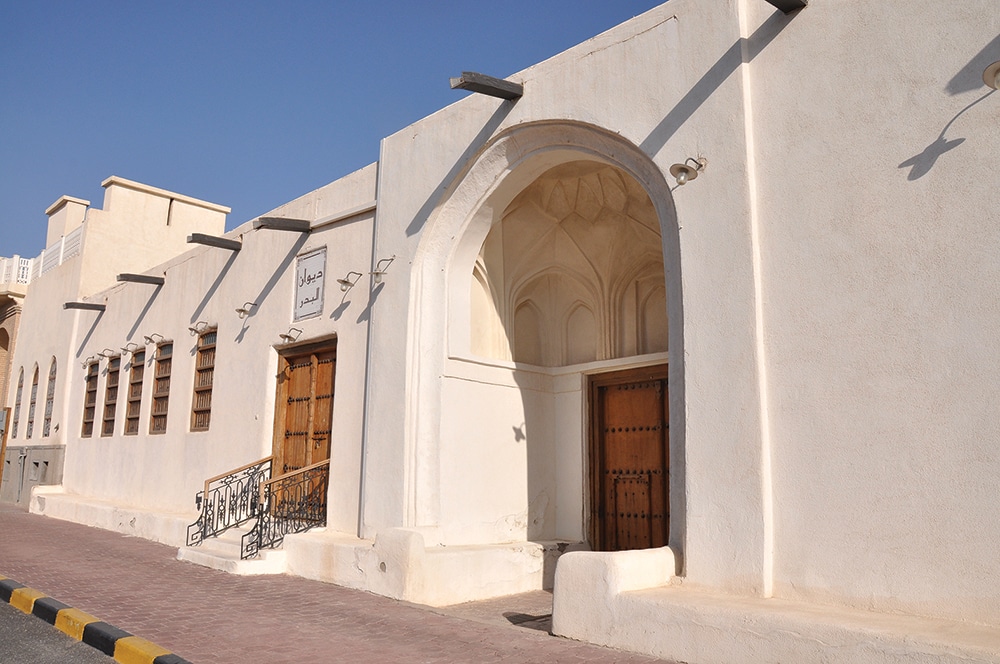By Khaled Al-Abdulhadi
KUWAIT: The diwaniya is an important feature in most Kuwaiti households, and throughout its history, people in Kuwait have defined diwaniyas as part of their identity. However, after the discovery of oil and Kuwait’s modernization and urbanization, social groups developed their own understanding of the diwaniya, with its role differing largely between the hadhar (urbanites) and bedu (bedouins) in Kuwait.
In their study published in the International Journal of Architectural Research, Yousef Al-Haroun and Mohammed Al-Ajmi, in an article titled ‘Understanding Socio-cultural Spaces Between Hadhar and Bedu Houses in Kuwait’ examine the differences between the development of hadhar and bedu houses and found the main difference lies in the diwaniya.
The authors write: “In our survey, the most salient distinction between the two groups was the diwaniya, a gathering place inside Kuwaiti houses where men congregate and spend time together discussing various issues from business and politics to everyday life”. They found 33 percent of bedu respondents visibly identified the diwaniya, while only 12 percent of hadhar respondents identified that space. “The diwaniya is seemingly an important space for both groups but even more so for the bedu.”
Society and lifestyle changed in Kuwait after the discovery of oil. Despite this, most hadhar trace their origin to bedouin tribes of the Arabian Peninsula that immigrated to Kuwait to find better opportunities, making them exposed to other cultures that would lead them to become more tolerant.
As Kuwait gradually developed as an important trading center in the region, “Hadhar who used to live in mudbrick courtyard houses now live in modern villas. Bedouins also no longer need to live in tents and move around; so, they may in fact be considered as hadhar. They all live in the city and share similar lifestyles. After long transitional processes, all bedu have now been settled,” the authors wrote. “They have all merged into the larger Kuwaiti society. Nonetheless, as part of the hadhar-bedu dichotomy, each group has a unique and distinct cultural and ethnic personality that is derived from their past identities,” they added.
Although both hadhar and bedu now live in modern villas, each group has different requirements and internal spatial designs. “The courtyard was the heart of the traditional hadhar house... an exclusive space used by the entire family. However, after the 1950s and subsequent oil boom, the modern villa introduced a new house design to Kuwait. The courtyard has been replaced with the guest or family living room,” they wrote.
“The bedu used to live in Arabian tents... before settling in Kuwait. There is a clear gender-based separation in a typical Arabian tent in which the distinction between male and female spaces is clearly defined by a dividing screen called a ‘qata’,” they explain. “As a patriarchal society, one would expect that the majority of space would be devoted to the men’s domain; however, the women’s side actually occupies two-thirds of the tent space while only one-third is for the men.”
In the hadhar group of participants, the authors find 63 percent identified the guest living room as their main social gathering space followed by the family living room by 30 percent and the diwaniya by around 12 percent. However, 65 percent of bedu participants identified the family living room as the main social gathering space, followed by the diwaniya by 33 percent, the magalat (a small section within a diwaniya) by 10 percent and the guest living room by 8 percent.
Regarding gender differences between the two groups, they write: “The hadhar in both house types always shared the same entrance for males and females. The only strictly male space that survived the transformation was the diwaniya. The importance of the diwaniya is tightly linked to Kuwaitis’ social and cultural habits.” The central Arabian tribal social system is the main root of the diwaniya in what was called a majlis, as they met in a “gathering of tribal men in the sheikh’s tent or house to discuss relevant matters”.
“For the hadhar, not every house had a diwaniya. There would usually be one diwaniya for a ‘family name’ (an extended family), many of whom represented the ruling family, merchants and other prominent members of society. The hadhar group may use the diwaniya once or more per week,” they said, describing the hadhar’s living conditions.
As for the bedu group, they wrote: “it is a place where most of the males spend a large amount of time and it consequently can be found in a majority of their houses today. This may be understood as how the gendered separation of living spaces in the Arabian tent manifested itself... Therefore, the diwaniya is a more significant space for males in the bedu group than the hadhar as it relates to daily gatherings.”
The authors state the significance of their findings was that the differences between the groups has been a natural progression from their traditional dwellings, meaning that despite the impact of globalization and modernity, certain aspects of Kuwaitis’ culture still survived and was adapted.











